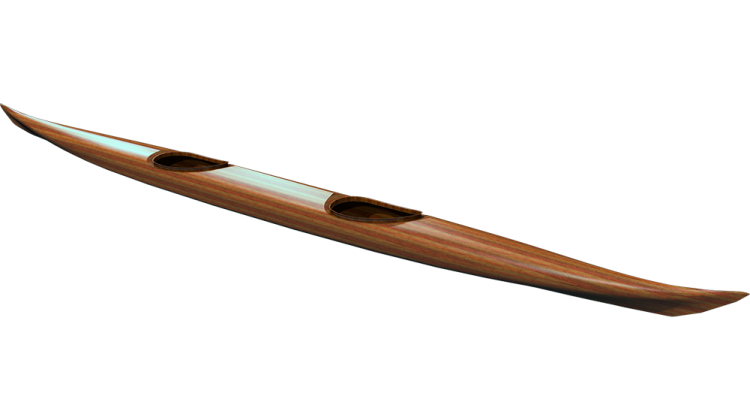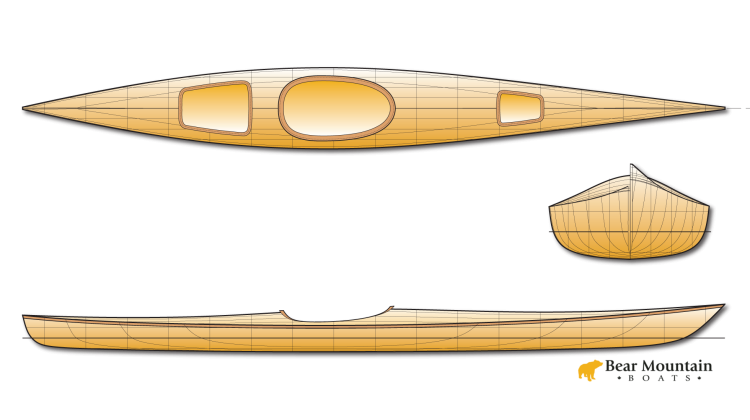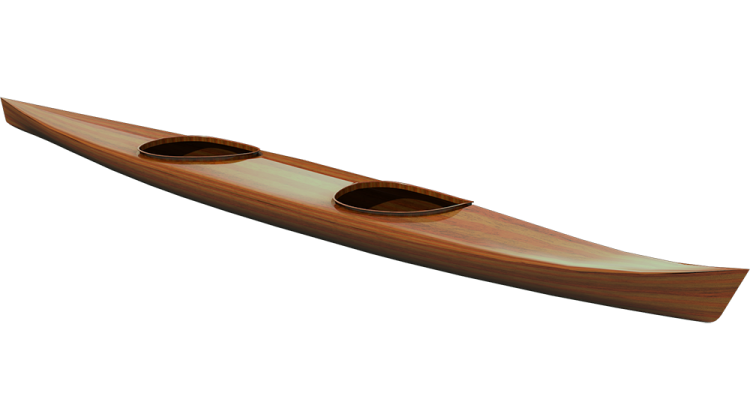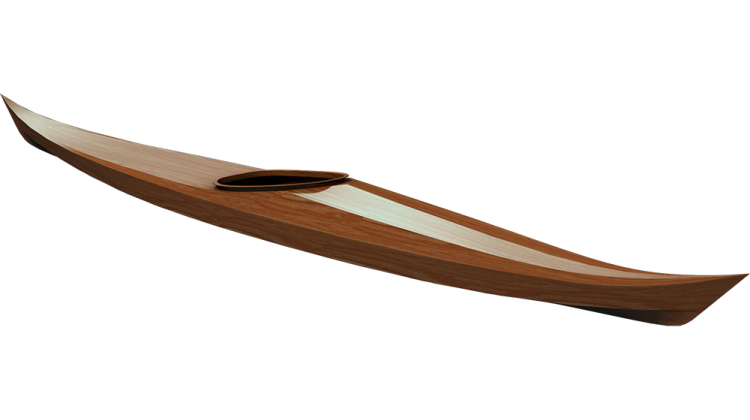A "Fill-Coat" is what I call the coat of epoxy applied after fiberglassing which is intended to fill in the weave texture of the fiberglass so that it can be sanded smooth. Previously, I had applied a light coat using a roller to start filling the weave. This coat is heavier to really get a thick base on the boat. It is possible to do this by applying several thin coats, but I like to just get it done.
The problem with a heavy coat of resin is it is likely to sag, drip and run. To avoid this the film of wet resin needs to be uniform thickness. It is a localized blob of epoxy that is going to start to flow, collect into a run or drip and create a bump. With an even coat the epoxy may flow, but it will do so evenly and remain smooth.
My technique for applying an even layer is to make sure the resin is spread out well. I do this by first applying the resin to the boat, then spreading it around and finally evening it out. I work on small sections at a time (about 12") and apply with horizontal strokes, spread with vertical strokes and then even it off with horizontal strokes again. This cross-hatch pattern helps enforce a discipline that allows for a careful application of resin.
The inexpensive "chip" brushes I use to apply the resin tend to loose bristles. This is not so much a problem of seeing bristles in the finished product, because they tend to disappear, but the stray bristle will effect the flow of the resin as gravity pulls it down the side, the result will be a bump that needs to be sanded off.
By pulling on the bristles with the tape wrapped sticky-side-out on my hand I can remove most of those that would eventually come out on their own. The CA glue helps secure the rest, and a final pull on the bristles just to double check.
A heat gun can do a nice job of popping bubbles in the finish and eliminating pin-holes. You can over do it, causing the epoxy to boil up, but with care you can have good results.








